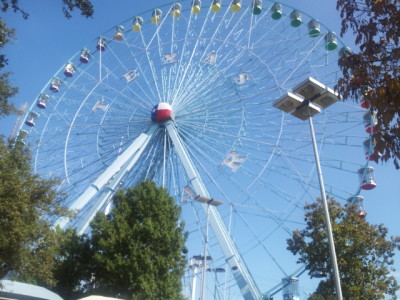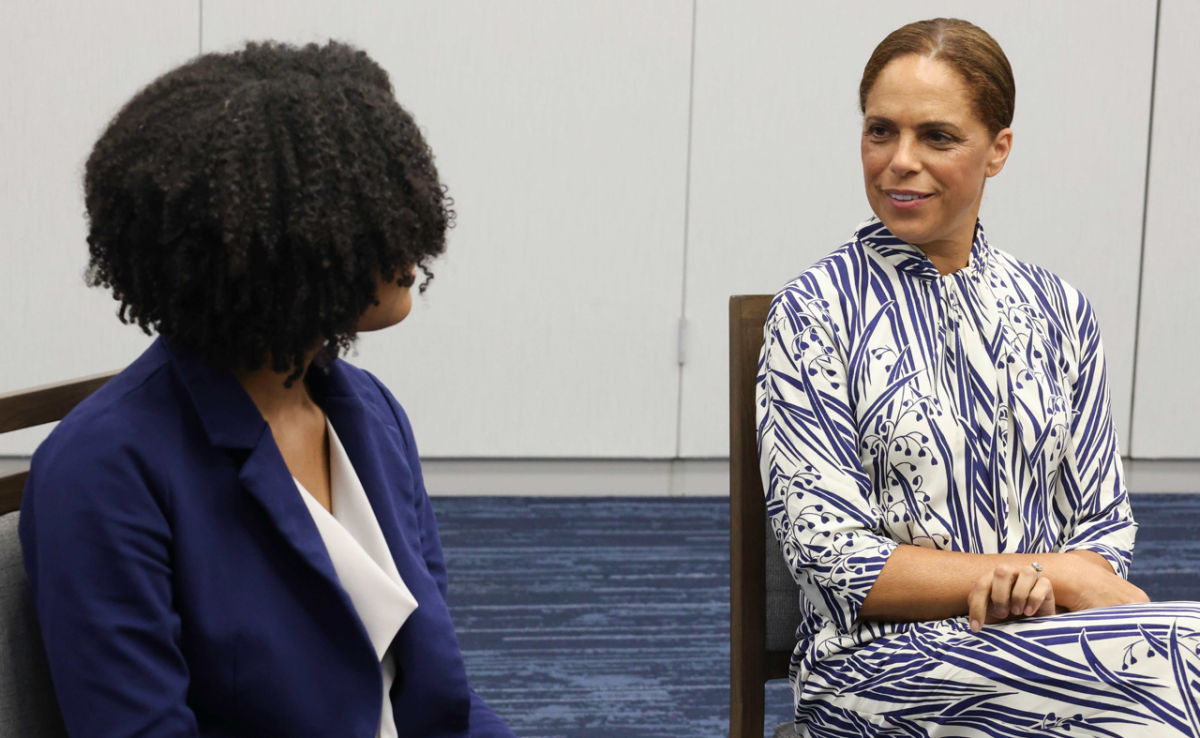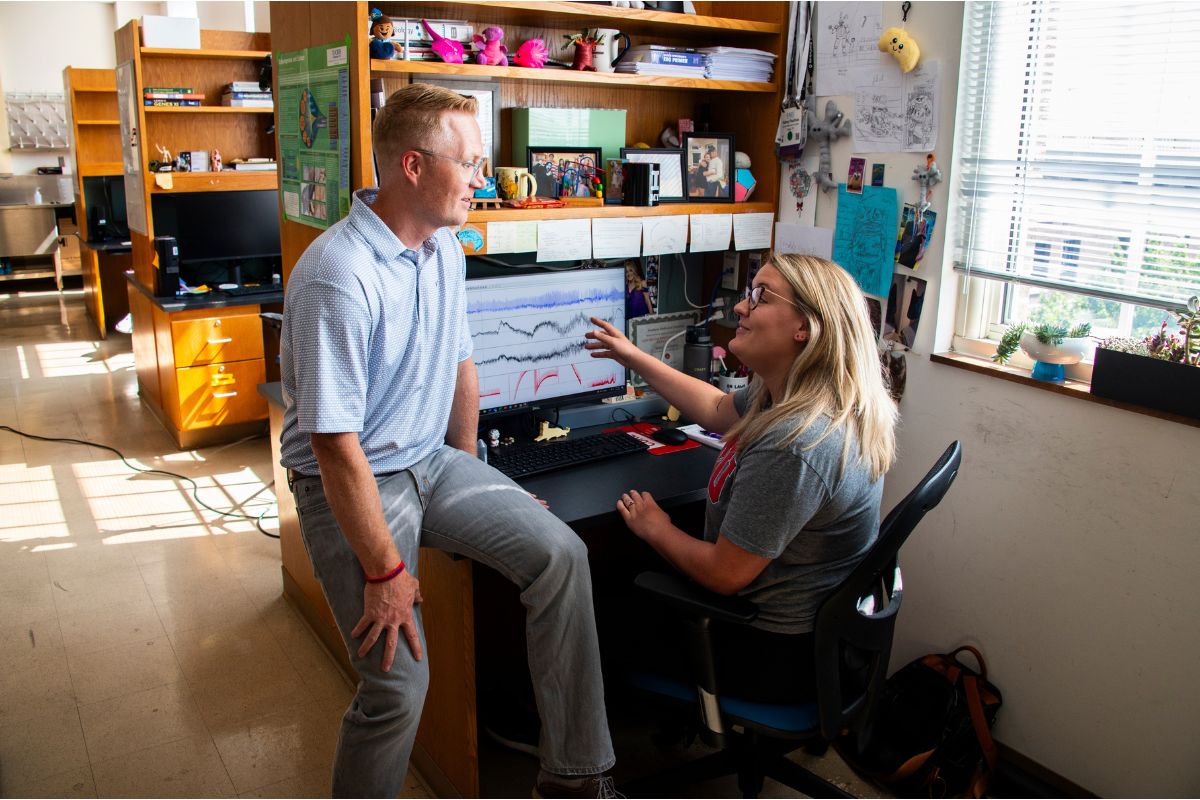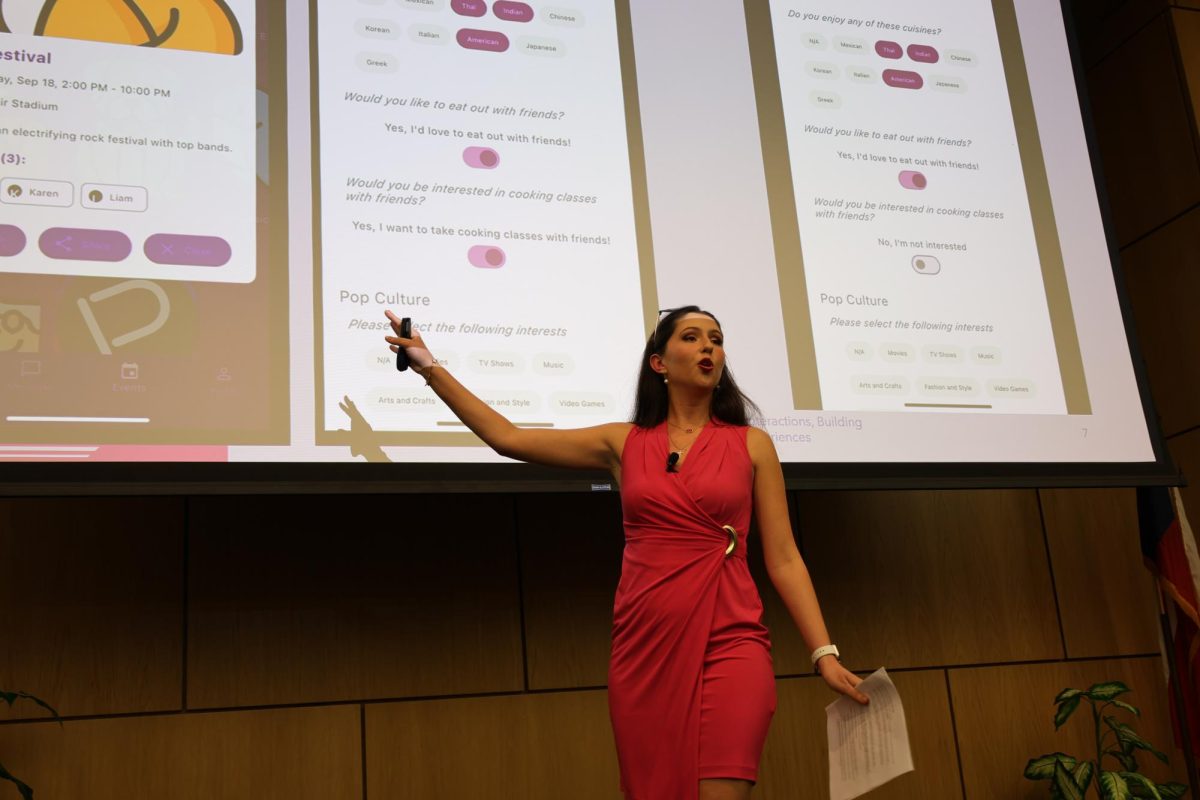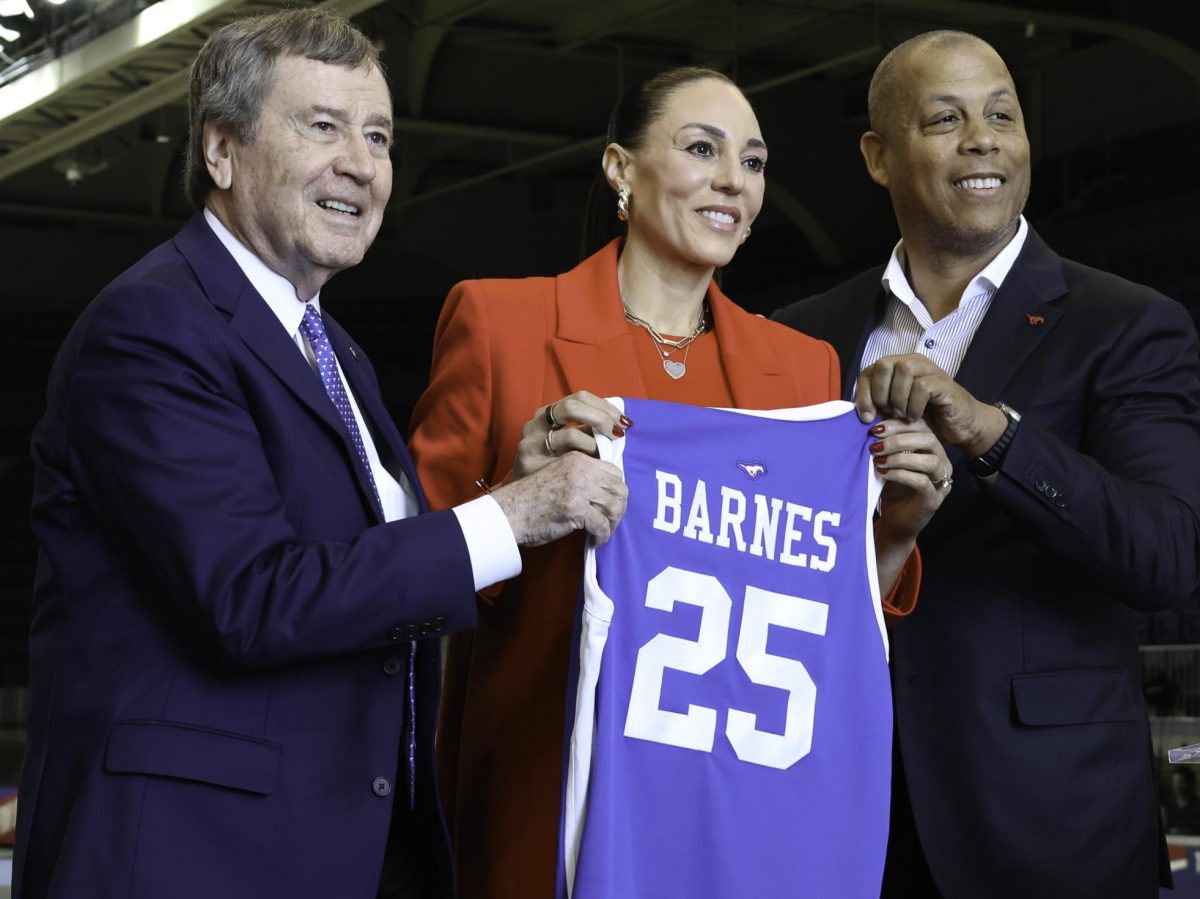Parking lots sit empty. The only noise coming from the midway is birds pecking at the tent covers. The giant ferris wheel only has hints of movement from the breeze. Fair Park is a ghost town.
During the month of September, Fair Park comes alive with fried foods, Big Tex, and people from all around the world. Once the last weekend of the State Fair hits, Fair Park becomes a ghost town. What lingers is a public perception of an area that is unsafe.
“I’m from out of state and before I experienced Fair Park I heard of some stereotypes about the high crime rate, which influenced my opinion on it,” SMU junior Kelsey Cordutsky said.
But Fair Park is more than it appears. The crime rate is dropping and there are plans to re-vamp the area to make it more a more appealing and affordable destination to all its visitors.
“It ranks as one of the top three visited attractions in the state of Texas,” Public Relations and Friends of Fair Park Marketing Chair Kurt Watkins said. “Fair Park Fourth is the largest fireworks display in North Texas and airs on WFAA-TV. It also has the largest collection of art deco buildings in the entire country.”
“Something is happening every month of the year. From football bowl games to celebrations of culture, Fair Park always has something to offer.”
Football fans are attracted to the area as well, especially around Texas-OU Weekend. SMU Freshman Meredith Hosek said she tries to always go to the football game, but other than that she rarely visits other than to do charity work.
The original site was an 80-acre fairground constructed in 1886. But after a fire and financial troubles, voters approved a “Reardon Plan” that kept the site out of the hands of real estate investors. Fair Park became Dallas’ second public park.
In 1936, most of the buildings that still stand today were constructed for the Texas Centennial Exposition, a celebration to commemorate the 100th anniversary of Texas’s independence from Mexico in 1836. This was one of the first major events that attracted over 6 million visitors.
Fair Park was declared a National Historic Landmark in 1986 and in 1988, the park was transferred to the Dallas Parks Department.
Since the 1990s, a total of $260 million in restorations and improvements have gone into the park. And things are happening year round.
The future of the area has been questioned by many residents of Dallas because of the increasing crime rate and the amount of museums and restaurants that have moved out.
There was talk of renovating Gexa Energy Pavilion, but the city would need $6.5 million to fix damages and there is not enough money in the budget to do so.
“Friends of Fair Park”, a non-profit citizen group that is dedicated to “keeping Fair Park a destination for affordable family fun all twelve months of the year,” is making sure people know that the fair isn’t the only thing that keeps the area profitable.
Not only do they give to the museums to help them stay open, but they plan events such as Fair Park Fourth and the Dog Bowl.
Last summer, Friends of Fair Park and the city re-opened some of the rides to attract more life to the area. There is a strong possibility that the same things will happen this summer because of its success.
Friends of Fair Park is receiving help from Dallas Mayor Mike Rawlings as well. Rawlings has formed a task force to pump millions of dollars into the park for better marketing. The City of Dallas, the State Fair, and Friends of Fair Park have plans to restore Fair Park to its 1936 appearance in the near future and are scheduling programming to promote the park.
Whether the State Fair is in town, a favorite band is playing at Gexa, or there are fireworks on the fourth of July, Fair Park has more to offer than meets the eye.
